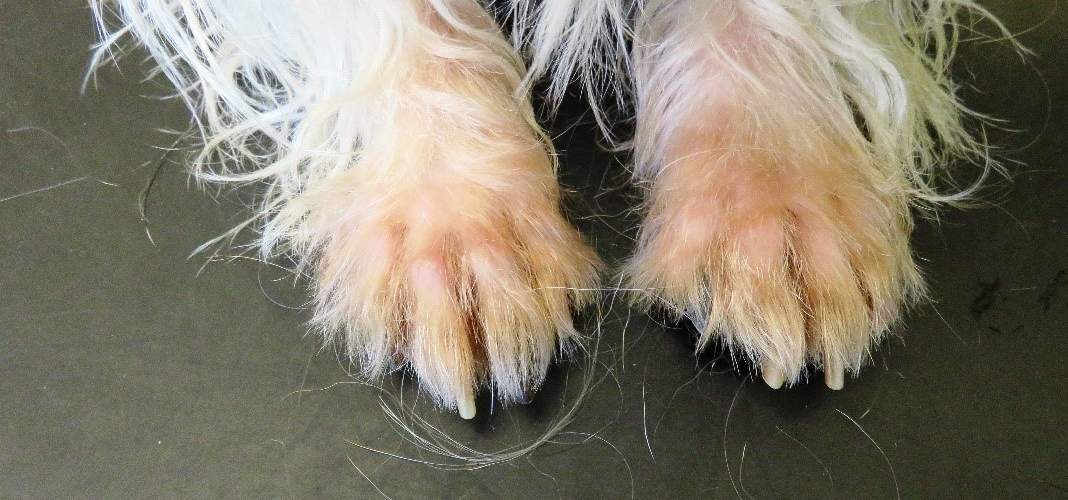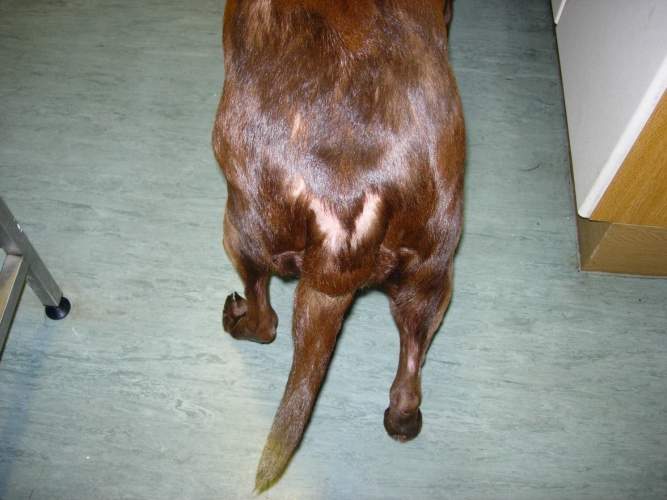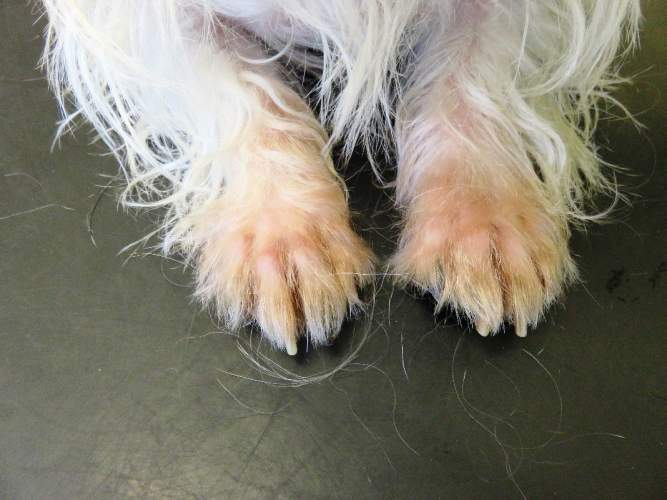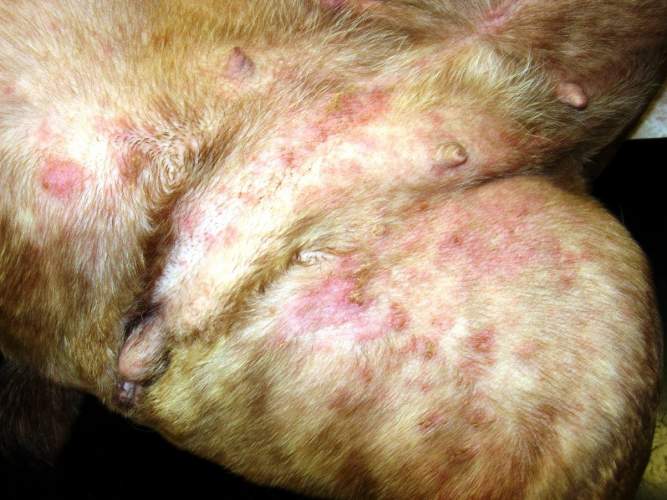
Why is it so important to keep on top of your dog&...
When you first have a tiny puppy to protect, vaccinations are at the forefront of your mind; you do everything you can to protect ...
19 May 2021
Read More
The symptoms of itching in dogs can vary from mild to severe, causing the need for itch relief for dogs. From occasional episodes to ongoing, more serious cases, this kind of skin irritation can affect any dog at any stage of its life.
As Edwina Gildea wrote in her June blog: “It is perfectly normal for a dog to scratch from time to time but… when you see your dog scratching… persistently, it is a sign that… [he/she] would benefit from medical attention.”
As Edwina outlined, itching – and the resultant scratching – can occur for a number of different reasons. While the most common cause is the presence of parasites such as fleas, bacterial infections and allergies can also be to blame.
So, how can your vet help your dog, once the cause has been identified?
It’s a fact that fleas are found almost everywhere, especially in the summer months! When out on walks, rummaging in undergrowth or playing with other dogs, your pet is at risk of coming into contact with fleas and other parasites. These can easily jump onto your dog to bite them, and it is this bite that causes the itch – especially if your pet is allergic to them, just like humans can be.
When it comes to itch relief for dogs, your vet can prescribe an effective anti-flea treatment to kill parasites. They may also suggest an environmental spray that can be used around your house to kill flea eggs and larvae.

Bacterial and yeast infections are also a very common cause of itching, particularly in dogs that also suffer with allergies (see below). It is advisable to take your pet to a veterinary clinic as soon as you notice signs of an allergy, or the issue may become serious.
Your vet will be able to carry out simple tests to confirm whether an infection is present or not, and will then be able to prescribe a relevant treatment or shampoo to help with itch relief for dogs.

If the source of your dog’s itching is an allergy, then the problem may be more complicated to treat. Unfortunately, if your pet becomes allergic to either a food type or environmental factor, they will likely remain allergic to it for life. As the skin is one of the most common organs in the body to show signs of allergy, the main symptom of a reaction is usually red, itchy skin, combined with increased scratching and licking. It may also manifest as chewing around the paws and tail, scabbing and even fur loss.
To ascertain the source of your dog’s discomfort, your vet will suggest a special diet to determine whether food is involved or not. They may also perform additional tests to identify environmental allergens – potential culprits include: pollens from plants, house dust, fungi spores and cleaning chemicals. While the issue is being investigated, your vet should be able to prescribe medicines to stop your dog scratching and provide itch relief for dogs.

Anita Patel BVM, DVD, MRCVS is a RCVS-recognised Veterinary Dermatologist with over 20 years’ experience in the field. As a specialist, she has dedicated her career to small animal dermatology and treating the problems that pets can face. In addition to running a busy referral service out of four clinics in the South East of England, Anita lectures internationally and has also contributed as an author to various dermatology text books.
Sign up to our newsletter for regular updates and advice.

When you first have a tiny puppy to protect, vaccinations are at the forefront of your mind; you do everything you can to protect ...
19 May 2021
Read More
Dogs with arthritis can have good days and bad days, much like their human counterparts, and with any chronic condition there may ...
09 February 2021
Read More
Arthritis is a progressive, and painful disease affecting one or more joints.
09 February 2021
Read More